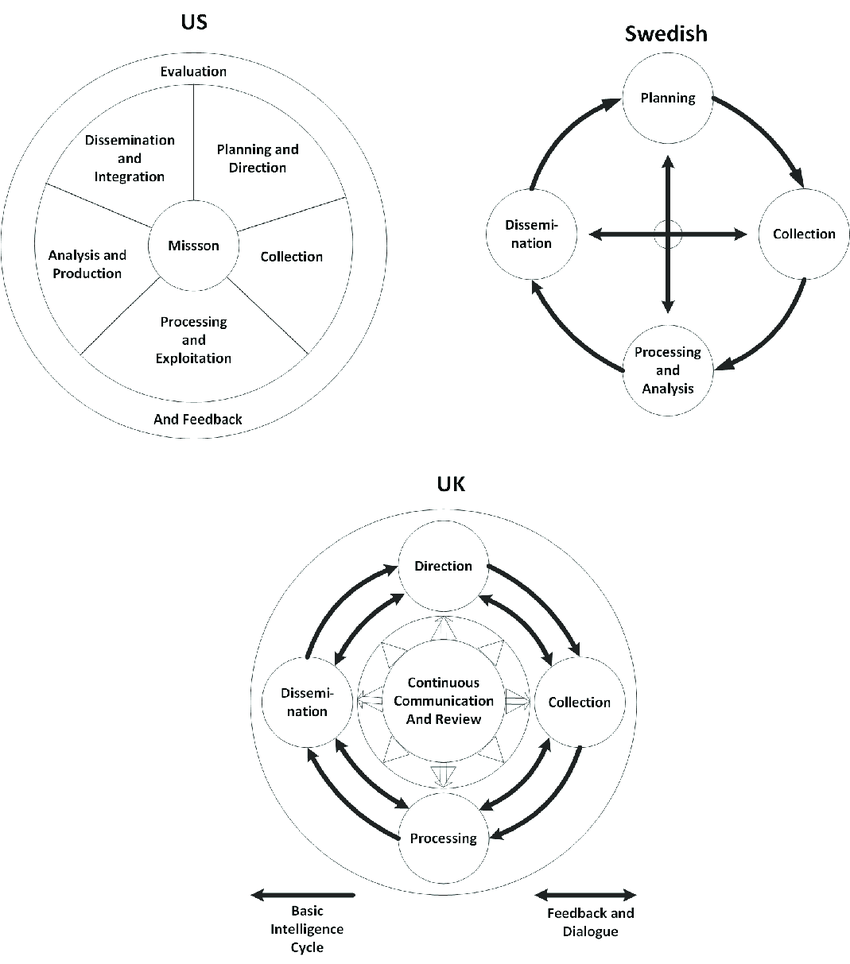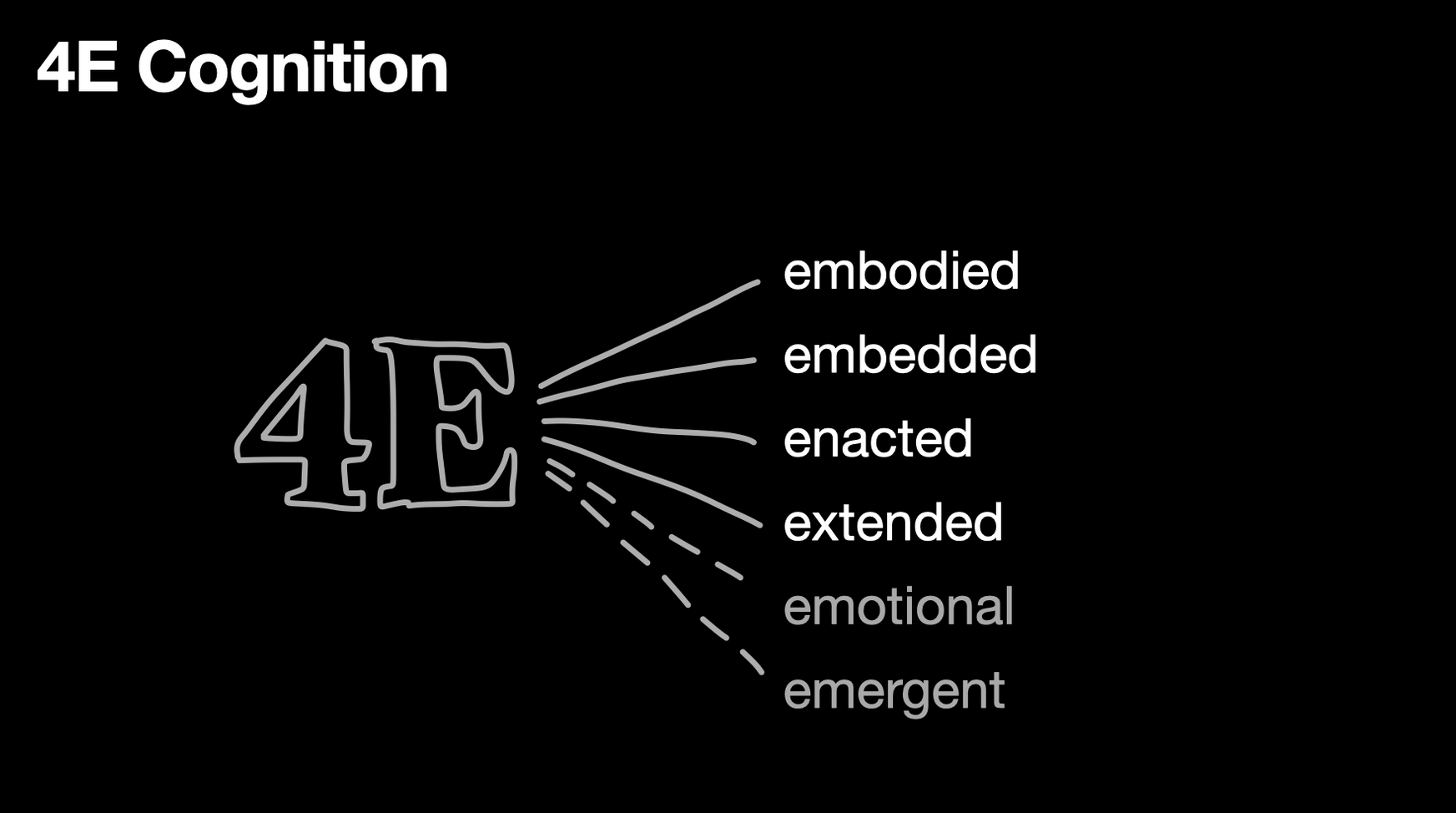Cognitive Maps for Indirect Coordination of Intelligent Agents



Context, Assessment, Theories, and Conclusions - a structured analytical approach often used in fields like intelligence analysis, policy analysis, academic research, and strategic planning.
Context: This is the foundational step where you establish the background and environment in which the subject of your analysis exists. It involves gathering relevant information, understanding the historical and current situation, identifying key players, and recognizing the socio-political, economic, or technological factors that might influence the subject. In intelligence and policy analysis, this might involve understanding geopolitical dynamics, while in academic research, it could involve reviewing existing literature and theories.
Assessment: In this phase, you evaluate the information gathered during the context phase. This involves analyzing data, identifying patterns, discrepancies, and anomalies, and understanding the relationships between different pieces of information. The assessment phase often involves critical thinking and may use specific methodologies like SWOT analysis (Strengths, Weaknesses, Opportunities, Threats), PESTLE analysis (Political, Economic, Social, Technological, Legal, Environmental), or other domain-specific tools.
Theories: Here, you develop hypotheses or theories to explain the observations made in the assessment phase. This could involve formulating different scenarios, proposing causal relationships, or developing models to explain the data. In intelligence analysis, this might involve creating different intelligence scenarios or forecasts. In academic research, it could involve proposing a new theory or model based on empirical data.
Conclusions: This is the phase where you draw conclusions from your analysis. It involves synthesizing the context, assessment, and theories to arrive at a comprehensive understanding of the subject. Conclusions should be supported by the evidence and analysis presented in the previous steps. This phase may also involve making recommendations or predictions based on the conclusions.
This method is particularly useful in situations requiring thorough and systematic analysis, where jumping to conclusions without a proper foundation could lead to errors or oversights. It's a method that encourages a comprehensive and multi-faceted view of a problem or situation, reducing the risk of bias or one-dimensional thinking.
Hindsight, Foresight, Insight

Descriptive analytics and diagnostic analytics provide revenue hindsight by evaluating historical performance data to identify what happened, when it happened and why it happened.
Predictive analytics provide revenue foresight by delivering forecasts that help you anticipate what’s going to happen next.
Prescriptive analytics go even one step further and leverage data and forward-looking intelligence data to produce automated decisions. Common examples of prescriptive analytics are advanced demand forecasts at detailed levels and automated pricing decisions.
The US, Swedish and UK intelligence cycle.

(Redrawn from the JP 2-0, Joint Intelligence, 22 October 2013; Försvarsmaktens Underrättelsereglemente, 2010; JDP 2-00: Understanding and Intelligence Support to Joint Operations, 15 May 2015).
Finding Meaning in The Nature of Order - A cognitive-scientific perspective on Christopher Alexander.

